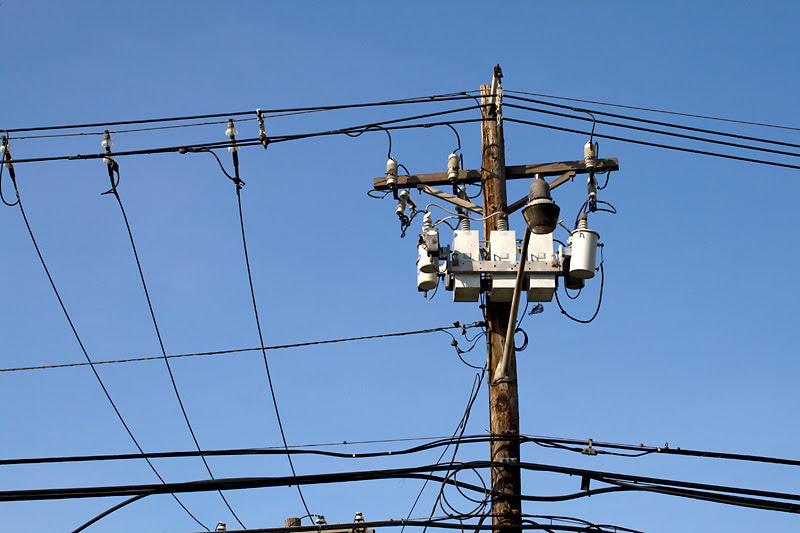
Transformers work on the principle of electromagnetic induction. They consist of two coils of wire, known as the primary and secondary coils, wrapped around a common iron core. When an alternating current (AC) flows through the primary coil, it creates a changing magnetic field around the iron core. This changing magnetic field induces a voltage in the secondary coil through electromagnetic induction. The ratio of the number of turns in the primary coil to the number of turns in the secondary coil determines the voltage ratio between the input and output of the transformer. Transformers are crucial in stepping up or stepping down voltages in electrical power distribution and transmission systems.
Coils and input/output voltage in transformers
The coils in a transformer play a crucial role in transforming the input voltage to the desired output voltage through electromagnetic induction, with the turns ratio determining the voltage transformation.
- Coils: The primary coil is where the input voltage is applied, while the secondary coil is where the output voltage is induced. These coils are typically made of insulated copper wire wound around the iron core. The number of turns of wire in each coil determines the ratio of voltages between the input and output.
- Input Voltage: This is the voltage applied to the primary coil. It's the voltage level that you want to transform either up or down. For example, if you have a transformer with an input voltage of 120 volts and you want to step it up to 240 volts, you would use a transformer with the appropriate turns ratio.
- Output Voltage: This is the voltage induced in the secondary coil due to electromagnetic induction. The ratio of turns between the primary and secondary coils determines the output voltage relative to the input voltage. For instance, if the transformer has a turns ratio of 1:2, and the input voltage is 120 volts, the output voltage would be 240 volts.
- Turns Ratio: This is the ratio of the number of turns in the primary coil to the number of turns in the secondary coil. It determines how much the voltage is stepped up or stepped down. A transformer with a higher turns ratio steps up the voltage, while a transformer with a lower turns ratio steps it down.
Efficiency of transformer
The efficiency of a transformer refers to how well it converts input power into output power without losses. It's typically expressed as a percentage and calculated by dividing the output power by the input power and multiplying by 100.
Efficiency (%) = (Output Power / Input Power) * 100
Several factors affect the efficiency of a transformer:
- Core losses: These are losses due to the magnetization and demagnetization of the core material as the alternating current flows through it. Core losses include hysteresis losses and eddy current losses.
- Copper losses: These are losses due to the resistance of the copper windings in the coils. As current flows through the coils, some energy is dissipated as heat due to the resistance of the wire.
- Load: Transformers are typically more efficient when operated near their rated load. Operating at very light loads or overload conditions can decrease efficiency.
- Frequency: Higher frequencies can increase core losses in transformers, reducing efficiency.
- Design and construction: The design and quality of materials used in the transformer construction also affect its efficiency.
Transformers can have efficiency levels ranging from around 95% to over 99% for high-quality units. Maximizing efficiency is important for minimizing energy losses and maximizing the overall efficiency of power transmission and distribution systems.
